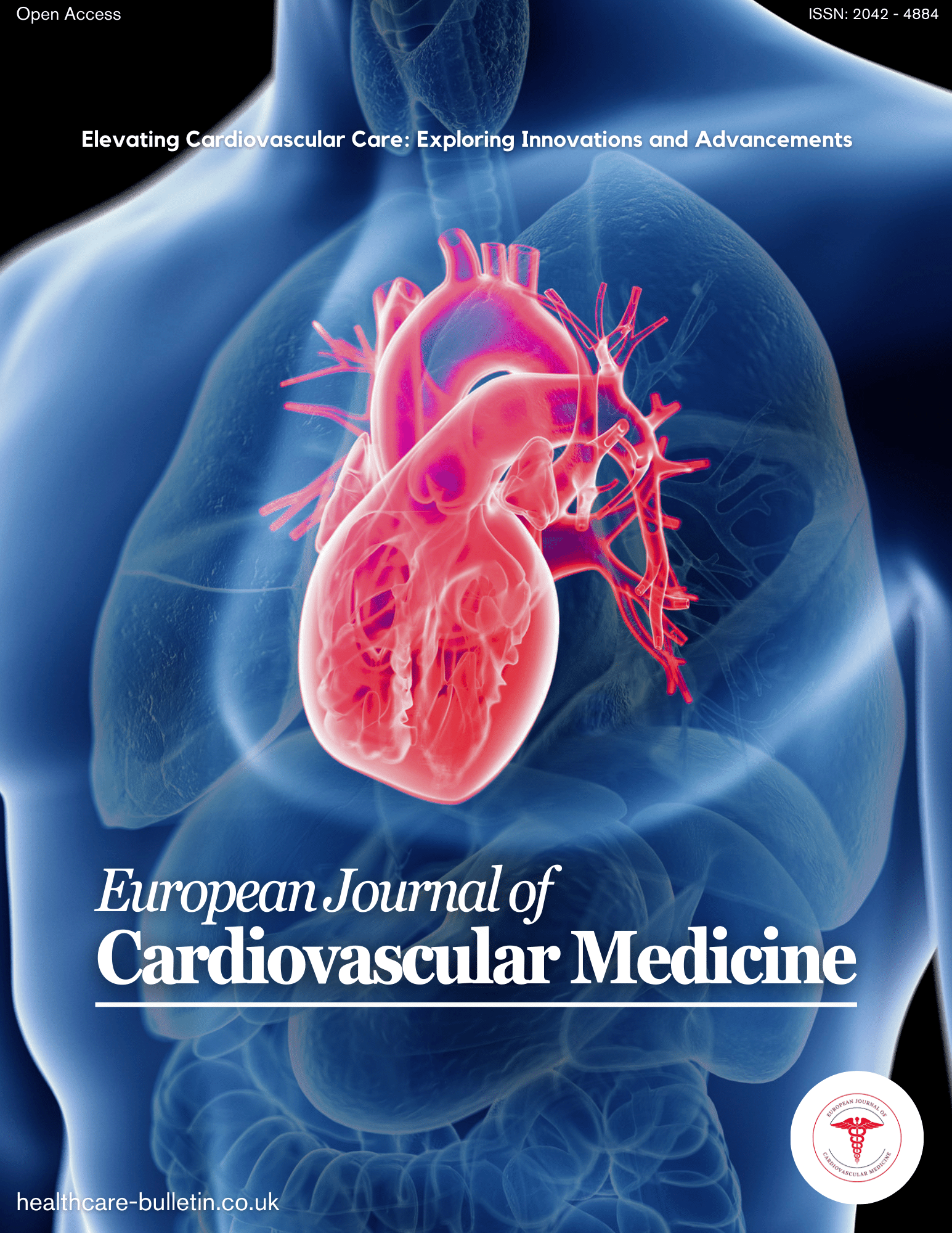Background: Neonates are at higher risk for the development of seizures due to various reasons, however diagnosis of neonatal seizures is difficult to establish because of varied aetiologies involved. Seizures are one of the most common risk factor for neonatal mortality and subsequent long term neurological sequelae. Objectives: To evaluate the clinical profile and aetiology in relation to onset of neonatal seizures in tertiary care centre Methods: This was a hospital based Cross-sectional, observational study done in a Neonatal ICU of Department of Paediatrics, Old Government General Hospital, Siddhartha Medical College, Vijayawada, AP, and India. The study was conducted over a period of 1 year from April 2021 to March 2022. Based on inclusion and exclusion criteria, 100 neonates were found eligible. Parents of all these 100 neonates provided informed consent to participate in the study. They were evaluated with necessary investigations, EEG for incidence, aetiological factor, and clinical types found in neonatal seizure. Results: Out of 696 NICU admissions during study period, seizures occurred in 100 neonates. Demographic profile of maternal population shows in table-1. 46% of women were aged 25 to 30 years at the time of delivery. 15% of mothers gave a history of infections. This indicates that NS occurs in a few cases due to maternal infections. Other maternal risk factors found that 10% of mothers had gestational diabetes mellitus, 5% had placental abnormalities, 2% had cord prolapse, and 6% had pre-eclampsia. 3% had previous neonatal seizures babies. 58% of neonates were males in the current study. There is significant association between gestational age and outcome, as per chi square analysis (P=0.0001). There is significant association between birth weight and outcome, as per chi square analysis (P=0.0001). Conclusion: To conclude it is of utmost important to improve antenatal and perinatal care of pregnant women to reduce the incidence of birth asphyxia, which was the most common cause of neonatal seizure in our study. To reduce morbidity and death from neonatal seizures, we recommend early genetic screening for newborns.

